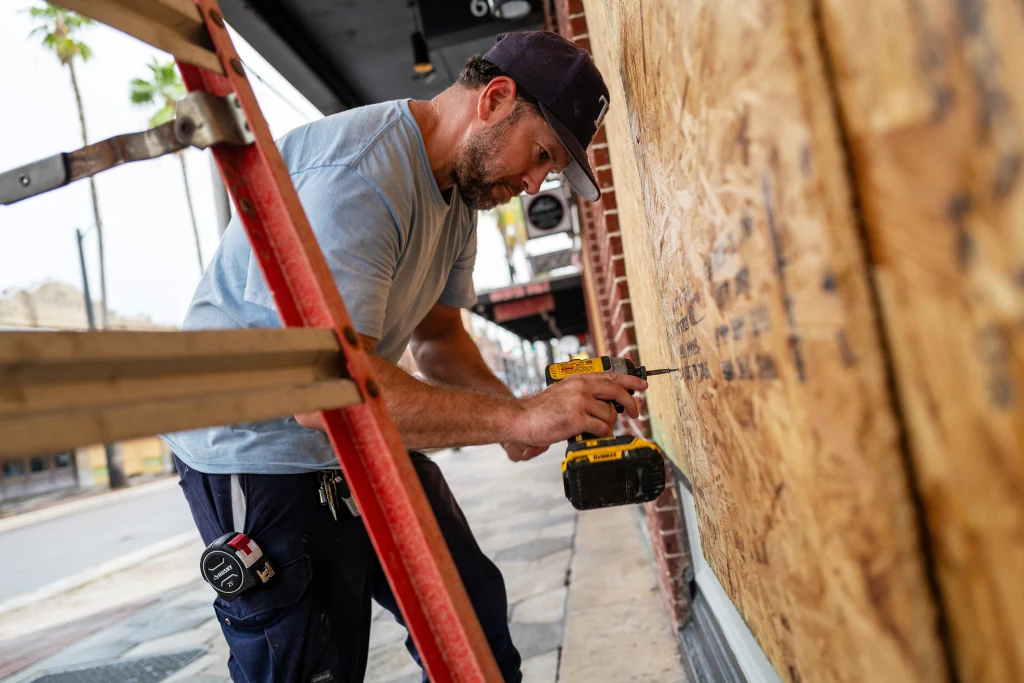TAMPA — The sheriff of the county that includes Tampa, part of the most populous region in Milton’s bull’s-eye, said that those in mandatory evacuation zones who stay put are gambling with their lives.
“They’re on their own, you know,” Sheriff Chad Chronister of the Hillsborough County Sheriff’s Office, told “Top Story with Tom Llamas” last night.
It’s unsafe for anyone, including those with badges, to be out amid tropical storm-level winds — those 39 to 73 mph — or greater, he said. Forecasters expect Milton to reach shore with destructive winds well above 100 mph, rain amounting to 10 inches, and a coastal storm surge as high as 10 feet.
“When does it become too unsafe to where we have to suspend service?” Chronister said.
If that happens, 911 callers in communities under mandatory evacuations may not get help, he said.
“I don’t know why you’re gambling with your life or the life of your loved one, but realize this storm is going to be different,” the sheriff said. “When these wind shear and wind speeds reach a certain speed, I can’t imagine a feeling when someone calls for help and there’s no one coming.”
Hurricane Milton to ease a little before Florida landfall
Hurricane Milton is expected to strike Florida’s Gulf Coast in the early hours of Thursday with 100 mph winds and a “life-threatening” storm surge of up to 15 feet in a region that’s particularly flood-prone.
“The Florida west coast is very sensitive to storm surge. It doesn’t take much to push water over land that would be dry,” said Cody Fritz, the Storm Surge Unit Team Lead at the National Hurricane Center. “It’s extremely vulnerable.”
Storm surge is the abnormal rise in water levels during a storm, as heavy hurricane winds push a bulge of water toward shore as depths become shallower. While winds are the primary cause of storm surge, it’s also affected by a storm’s angle of approach, the shape of the ocean floor and the low pressure within a storm, which slightly aids the bulging effect.
Because of the way storm surge can quickly inundate coastal locations and penetrate well inland, it’s typically one of the deadliest threats from a hurricane.
Part of the problem is the region’s topography. Florida’s western coastline along the Gulf of Mexico isn’t very deep, and it features a gentle underwater slope.
“The continental shelf is quite shallow,” Fritz said. “It doesn’t take a lot of force.”
By NBC News

